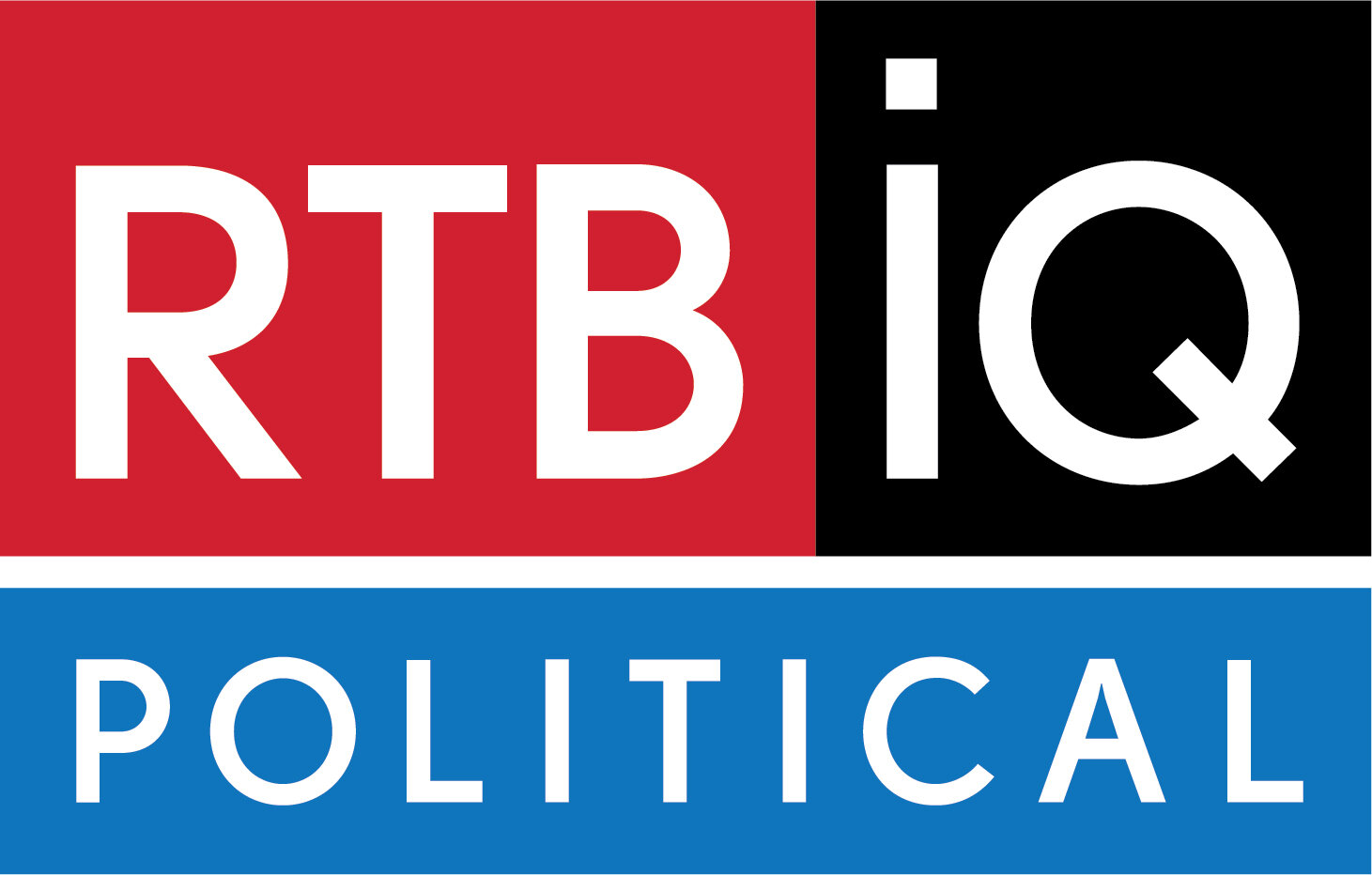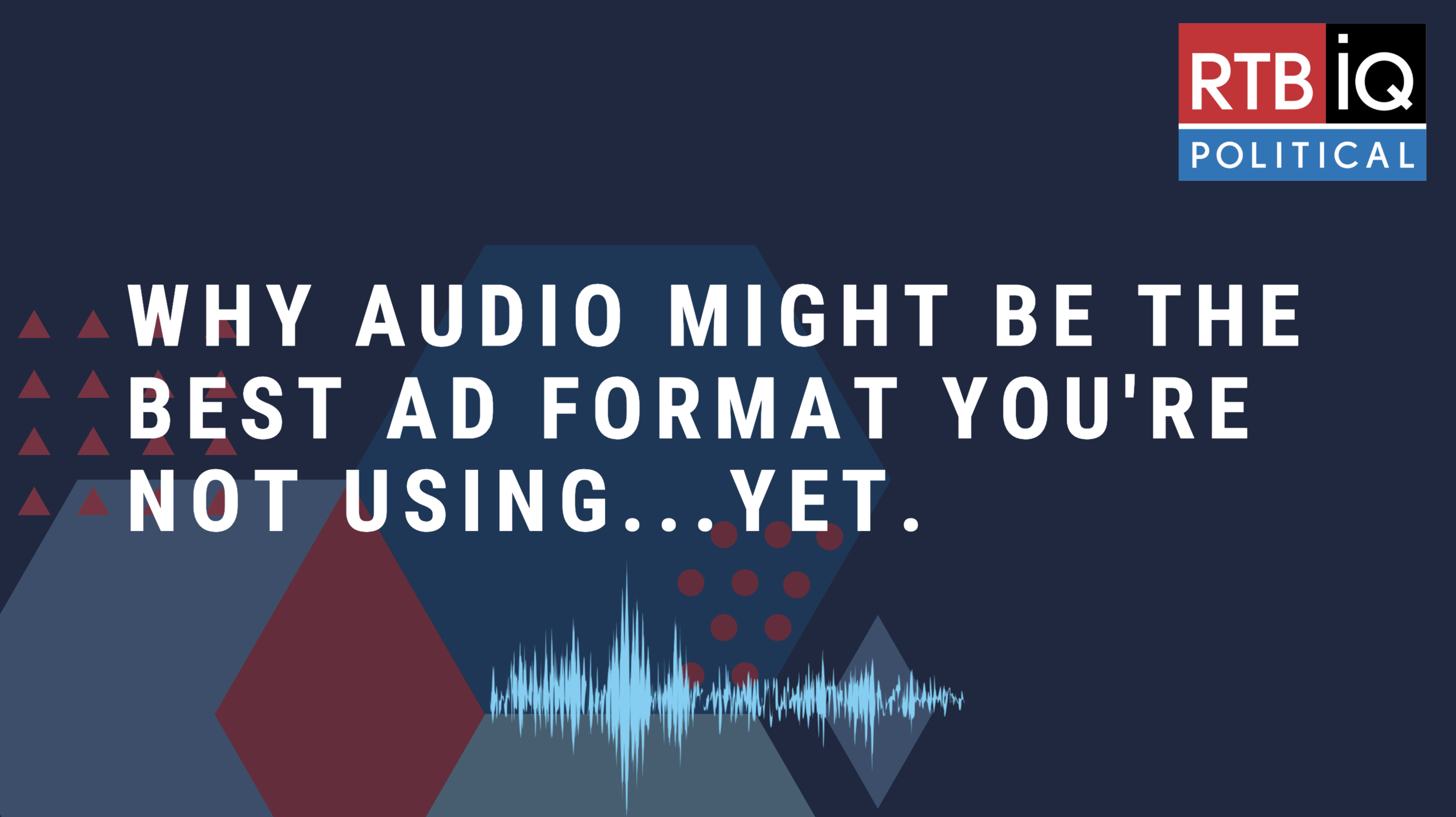Why audio might be the best ad format you're not using... yet.
As the popularity of digital audio rises, so do its opportunities. According to eMarketer, over 75% of internet users listen to digital audio at least once this month. Is your campaign taking advantage of audio yet?
Audio at scale
Through its ability to transact instantly on the open marketplace, digital audio provides a level of scale that is key to reaching your voters. Without programmatic buying capabilities, campaigns would be required to have multiple contracts with several radio publishers. Programmatic also gives you the flexibility to put messaging up quickly and change your messaging easily when the need arises.
Deeper analysis
Audio on the open marketplace allows for deeper segmentation of listeners, and as a result, deeper reporting. Programmatic audio affords measures that matter–get by-the-device reporting on geography, station, publisher, genre, and listen-through reporting.
Storytelling that sticks
There’s interesting science around the power of audio. Studies suggest that memory encoding and recall are higher on average for radio versus TV, meaning audio ads have the power to significantly influence voting decisions. People are influenced by their subconscious in decision-making, and audio is better able to have an impact whether or not the user is paying attention.
Engaging your audience
With digital audio, it’s easy to know if a user is on mobile, so you can reach your audience based off their geographic visitation – where are they now, where they have been, and where they go regularly.
The most important part of adding audio is to integrate it wisely. Aside from running audio-only campaigns, audio is a great driver for your other mediums when you add it to the big picture. Your message is going to resonate exponentially better if you are reaching the correct audience via multiple tactics, and knowing the right frequency for them. [Hint: that’s our wheelhouse.] There is a lot of rich potential in sequential messaging with audio.
For example, your audience listened to your audio ad, now you can serve them a different audio ad, video, or display ad (or vice versa in a different order). Knowing when and how to serve messages sequentially is an art and a science. When you work with our team, you get the strategy support to put together the right sequence to really connect with your audience and make a lasting impression.

